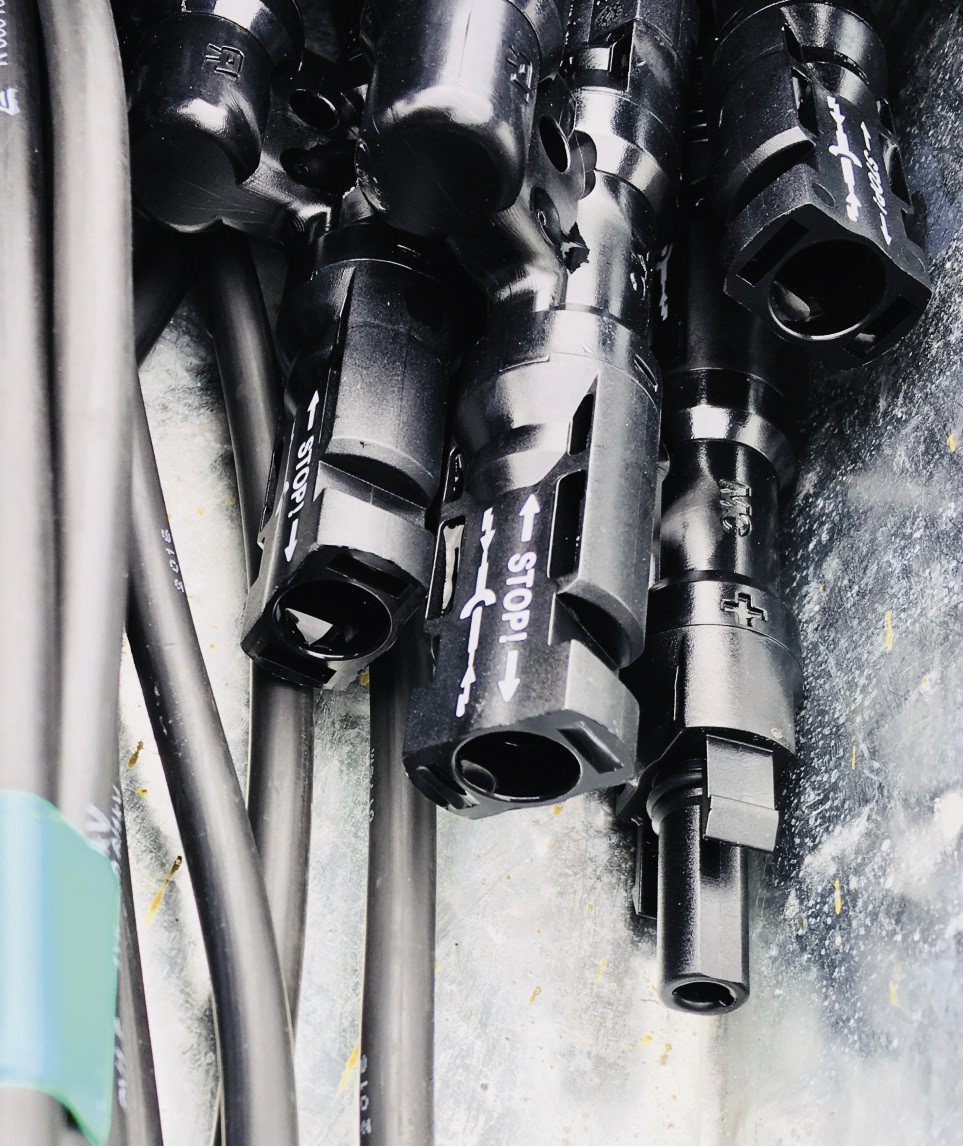From pv magazine France
Heliocity, a spinoff of France's National Solar Energy Institute (INES), has developed a series of algorithms to remotely conduct diagnostic assessments of rooftop PV systems.
“For 10 years, we looked for ways to bring together solar installations and buildings,” Heliocity CEO Émeric Eyraud told pv magazine France. “The building environment is quite demanding for PV systems, particularly in terms of its thermal interaction with the building itself. If we simplify, two more degrees of temperature in a module means 1% less production.”
Heliocity claims to have “cracked” this issue – which can also affect large ground-based power plants, despite the use of sensors – with its HelioFlash solution. The patented algorithms combine multi-physics and multi-scale modeling of buildings, solar systems, and the environment with complex data analysis methods adapted to data monitoring. The company said that approximately 30 solar park operators, including most of France's top 10, have already deployed it.
The algorithms compare expected PV system output with actual production, detecting and pinpointing underperformance issues such as shading, dirt, and incorrect layout, while offering recommendations for remediation.
Popular content
This content is protected by copyright and may not be reused. If you want to cooperate with us and would like to reuse some of our content, please contact: editors@pv-magazine.com.



By submitting this form you agree to pv magazine using your data for the purposes of publishing your comment.
Your personal data will only be disclosed or otherwise transmitted to third parties for the purposes of spam filtering or if this is necessary for technical maintenance of the website. Any other transfer to third parties will not take place unless this is justified on the basis of applicable data protection regulations or if pv magazine is legally obliged to do so.
You may revoke this consent at any time with effect for the future, in which case your personal data will be deleted immediately. Otherwise, your data will be deleted if pv magazine has processed your request or the purpose of data storage is fulfilled.
Further information on data privacy can be found in our Data Protection Policy.